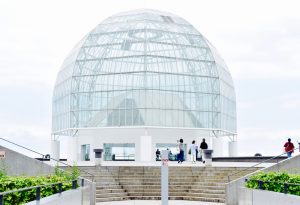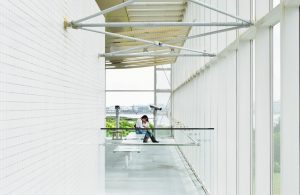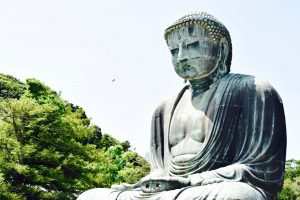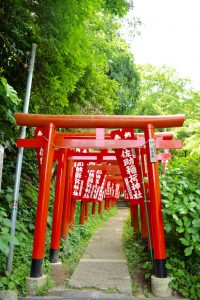Hello blog, long time no see. I thought I might as well finish up my blogging days.
Thanks to our professors’ unwavering diligence, we managed to score some elusive tickets to the Ghibli Museum in Mitaka. Admittedly, I am nowhere close to calling myself a Ghibli fan, since I often more action-filled productions such as Kon Satoshi’s works. However, the museum had a special exhibition on food, which was exactly aligned with my interest. As Professor Selinger would agree, food is one of the most intimate and significant indicators of culture, society, and politics. Most of my Japanese food knowledge (besides through taste buds and stomach acid) is from a book called Modern Japanese Cuisine: Food, Power and National Identity by Katarzyna Joanna Cwiertka. As promised by the title, the opening pages of the book immediately jump to the colonial/imperial influences on food in Japan (exemplified by Emperor Meiji’s Western birthday party), especially focusing on the increasing preference and power exertions of Western foods and dining habits.
On the contrary, the exhibit at Ghibli (was beautifully illustrated of course) saw food as a magical element of healing and bonding to construct a certain purified view of a national identity that may or may not exist. To Miyazaki, food is the best unifier of cross-cultural differences, since as organisms, we all must eat to sustain ourselves, but he ignores the inequality in food across socioeconomic and political differences. The onigiri, simple and Japanese, that Chihiro eats to not vanish/stay human is very different than the gluttonous “Western” meal that her parents devour. Just as Miyazaki has used the furusato to paint a nostalgia for a past that never existed, the Japanese rice ball is used to ground Chihiro physically through a display of the simplistic, minimalistic Japanese identity (which can be easily debated). The exhibit was beautifully curated with dazzling fake foods, but food is not always shining and glittering. The fruit box in Ghost in the Shell had no signs of damage or war, not even a single scratch. While it basked under its own mini-spotlight, Setsuko’s representation and the children of the war are erased.
I came to the realization this semester that as a self-labeled foodie and person who really wants to look at the “everyday,” there is no better cross-over than looking at food culture. When examining food, it is not about who ate what, but more importantly, why did they eat such things (or why not). Furthermore, who didn’t eat what and why did they not eat are also important questions. For example, the white rice, presently so symbolic of East Asian/Japanese culture, was only available to a very specific group of people. The change in the military diets of the late 19th/early 20th century to strengthen the forces to defeat/imitate Western powers changed the palates of the young men. Combined with increased production amounts, the steaming bowl of white rice then became a national symbol. Fascinating, eh? This is similar to why I study religion. I am very interested in the commonplace rituals that, for many, has lost its original meaning and understood more through “doing” than “thinking.” Similar to food, we eat without giving much thought to where our food comes from (I am talking about the origin-origin, corn in North America, etc) and how they got to the table. Always remember, pepper > gold, and countries would bring out extreme forms of power for that speck of spices.






